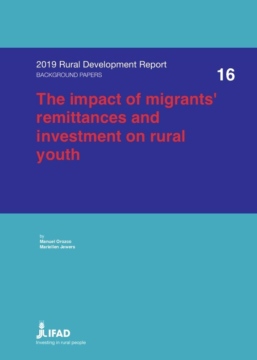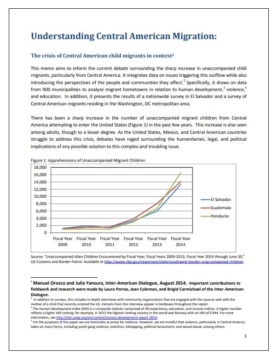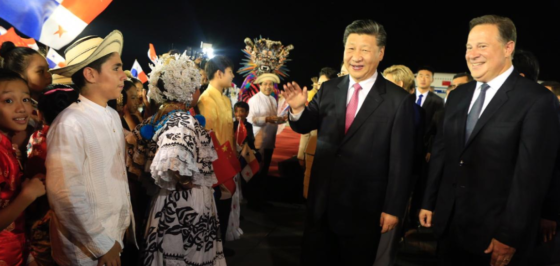
Are Ties With China Paying off for Latin America?
What costs will Latin American countries face in exchange for China’s support, and what are China’s main goals in extending its influence in the region?
What costs will Latin American countries face in exchange for China’s support, and what are China’s main goals in extending its influence in the region?
Nayib Bukele lidera ampliamente las encuestas para la elección presidencial en El Salvador, que tendrá lugar en pocos días. Su gran activo ha sido el rechazo generalizado de la ciudadanía a los dos partidos que gobiernan el país desde hace un cuarto de siglo. La debilidad de los partidos es uno de los problemas más serios de la democracia en América Latina. Negarse a enfrentarlo es resignarse a tener una política balcanizada, volátil, caudillista y, por ello mismo, machista.
The U.S. president needs to keep cooperating closely with Mexico, steer clear of any military action in Venezuela and refrain from bullying his partners and allies in the region.
What are the consequences of the Trump administration’s decision to cut off aid to Northern Triangle countries?
Roberta Jacobson, former US Ambassador to Mexico (2016 – 2018) and Assistant Secretary for Western Hemisphere Affairs (2012-2016) testified before the House Foreign Affairs Committee on April 10 on the importance of US Aid to Central America.
On May 23, the Inter-American Dialogue in partnership with the Inter-American Development Bank (IDB) hosted a panel called “Mandates for Change: Anticorruption and Latin America’s New Leaders” as the third and final installment of the joint Dialogue/IDB “Anticorruption, Transparency and Intergrity” Symposia series.
Manuel Orozco fue entrevistado por Radio Ciudad de Buenos Aires. Orozco analizó la política migratoria del presidente Donald Trump y las condiciones económicas de países centroamericanos como factores de la migración regional.
How well will Mexico’s troop deployments work to reduce the flows of migrants to the United States?
Michael Shifter sat down with CEBRI to discuss the major political issues in the region, including the crisis in Venezuela, the Central American migration crisis, and the rise of populism in Latin America.
Michael Camilleri, Director of the Dialogue’s Peter D. Bell Rule of Law Program, spoke at an event hosted by the University of Notre Dame Keough School’s Initiative for Global Development called, “Beyond the Border: Regional Priorities and the Migration Debate in Central America.”
Latin American countries have some of the most restrictive reproductive health laws and policies in the world, particularly with regard to abortion. In part this stems from not recognizing reproductive freedom as a fundamental human right. However, imposing legal restrictions on abortion does not reduce the likelihood that women will seek this reproductive health service. Instead, harsh laws compel women to risk their lives and health by seeking out unsafe abortions.
How well is the Trump administration handling its relations with Latin American nations?
On July 24, the Inter-American Dialogue and the Seattle International Foundation hosted “Nowhere to Turn: Gender-Based Violence and its Impact on Migration.”
Manuel Orozco, director of the Migration, Remittances, and Development Program, recently co-authored a report with Mariellen Jewers titled “The impact of migrants’ remittances and investment on rural youth.”
There has been a sharp increase in the number of unaccompanied migrant children from Central America attempting to enter the United States in the past few years. This increase is also seen among adults, though to a lesser degree. As the United States, Mexico, and Central American countries struggle to address this crisis, debates have raged surrounding the humanitarian, legal, and political implications of any possible solution to this complex and troubling issue. This memo aims to inform the current debate by integrating data on issues triggering this outflow while also introducing the perspectives of the people and communities they affect. Specifically, it draws on data from 900 municipalities to analyze migrant hometowns in relation to human development,violence, and education.In addition, it presents the results of a nationwide survey in El Salvador and a survey of Central American migrants residing in the Washington, DC metropolitan area.
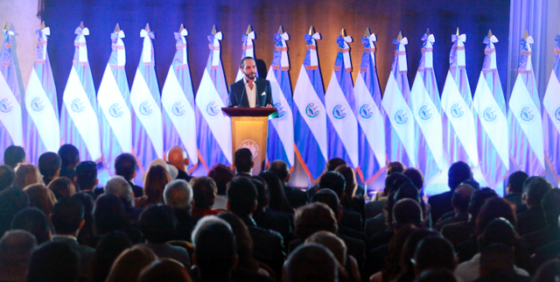
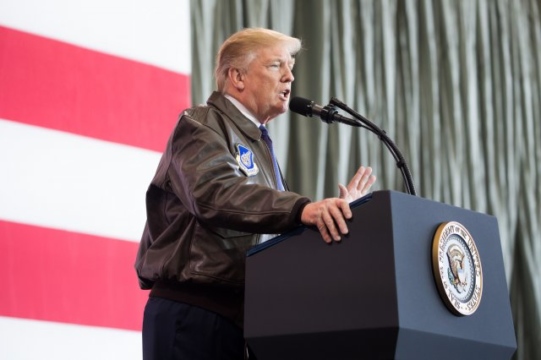
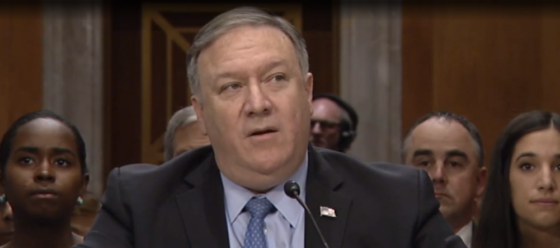
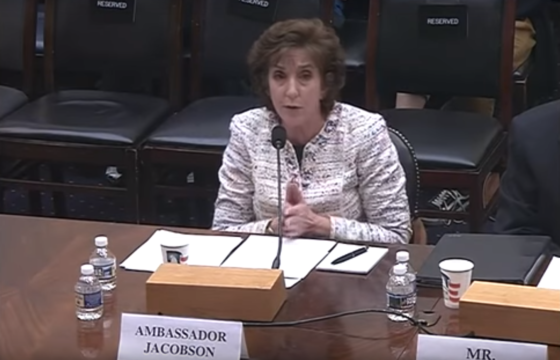 Video
Video
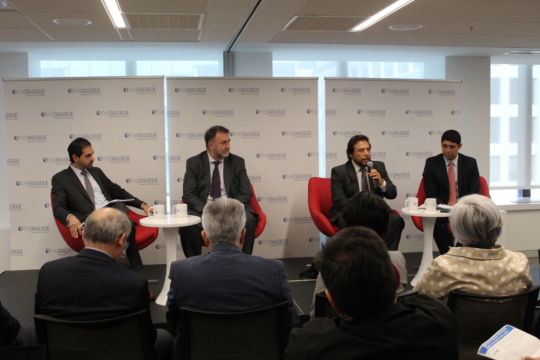 Video
Video
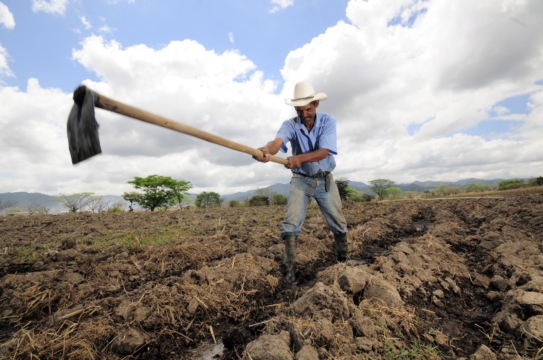 Video
Video

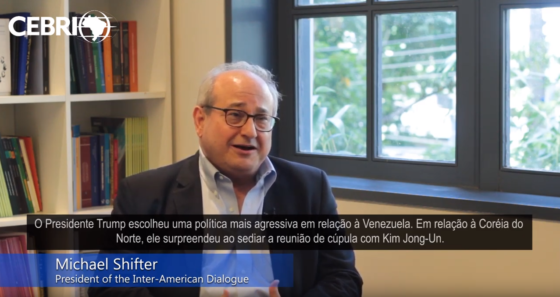 Video
Video
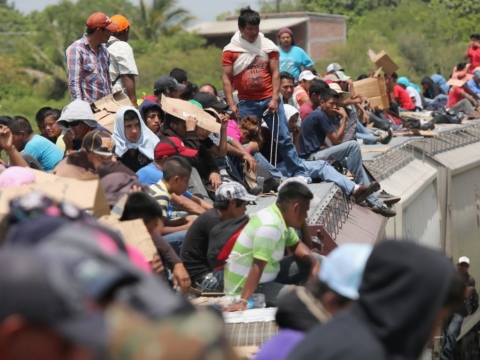
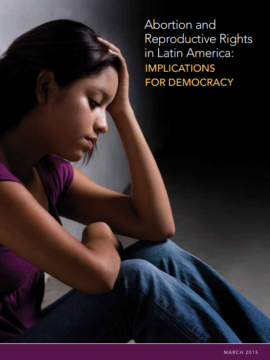
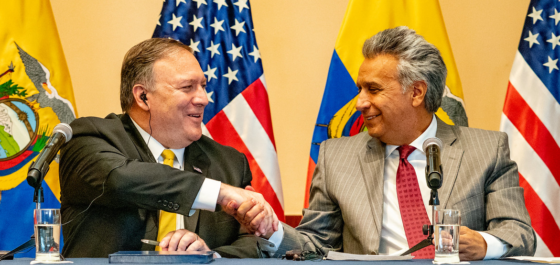
 Video
Video
